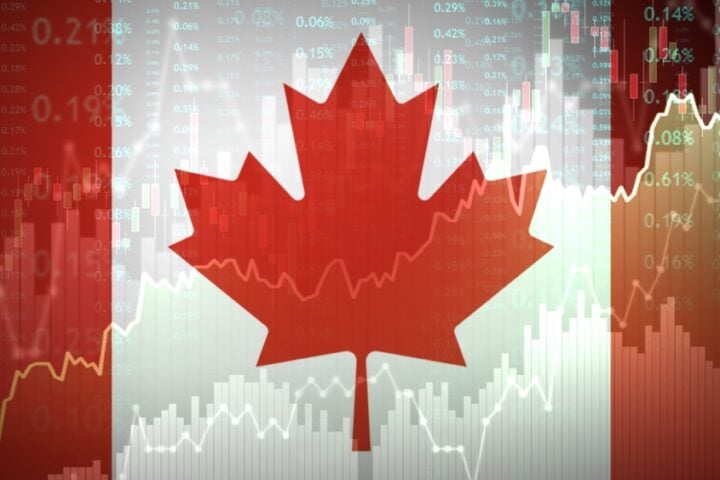Williams and Goolsbee Highlight Economic Uncertainty
New York Federal Reserve President John Williams said Friday that the U.S. central bank’s current monetary policy stance is appropriate, given the high level of uncertainty in the economy. Speaking in the Bahamas, Williams emphasized that there is no urgency to change interest rates.
“Modestly restrictive” monetary policy remains necessary due to a solid labor market and inflation still running above the 2% target, Williams said. He added that while the Fed will eventually need to cut rates back to a neutral level, the risks to economic growth and inflation remain elevated.
Chicago Fed President Austan Goolsbee echoed this cautious stance, telling CNBC that uncertainty surrounding President Donald Trump’s new tariffs warranted a wait-and-see approach. Many economists believe the tariffs could further complicate an already challenging inflation outlook.
Fed Maintains Cautious Stance on Rate Policy
The Fed left its benchmark interest rate in the 4.25%-4.50% range earlier this week and reaffirmed its expectation of rate cuts later this year. However, officials acknowledged significant uncertainty due to the administration’s unpredictable policy shifts.
Williams said that the U.S. economy entered 2025 in good shape, but noted that immigration declines could contribute to slower growth. He admitted that predicting economic developments is challenging, as outcomes depend heavily on trade policy, fiscal policy, and geopolitical factors.
Inflation Expectations and Market Volatility
Williams addressed concerns over rising inflation expectations, saying there is no evidence of them becoming “unmoored.” He argued that while households anticipate short-term inflation shocks, they expect these to fade over time.
Public sentiment, however, appears to be worsening as the Trump administration pursues aggressive spending cuts and government downsizing. Financial markets remain volatile, with investors watching closely for the broader economic impact of Trump’s import tariffs.
Fed Slows Balance Sheet Reduction
The Fed announced this week that it will slow the pace of balance sheet reductions in response to government financing volatility and emerging signs of market tightness. Williams said the move is a “natural next step” after the Fed has already trimmed its holdings by over $2 trillion.
Starting in April, the central bank will reduce the monthly cap on Treasury runoff to $5 billion, down from $25 billion. However, the cap on mortgage-backed securities will remain at $35 billion.
Debate Over Quantitative Tightening
Not all Fed officials agreed with the decision to slow balance sheet reduction. Fed Governor Christopher Waller was the only dissenting vote, arguing that the financial system still has sufficient liquidity and that a faster drawdown could continue without major risks.
Waller suggested that the Fed should establish a concrete plan for managing liquidity fluctuations. Cleveland Fed President Beth Hammack also expressed a preference for maintaining the original pace of balance sheet reduction, stating that the Fed has tools to handle any short-term market disruptions.
Uncertain Path Ahead
With no immediate rate changes expected, Fed officials plan to monitor incoming data before adjusting monetary policy. As tariffs, spending cuts, and geopolitical shifts continue to shape the economic landscape, policymakers remain cautious about their next move.







